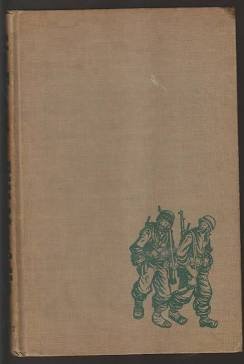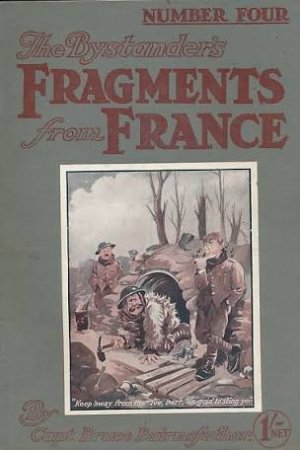I thought I'd start this thread and people can contribute if they like. It's about those randoms little bits of military history where you think "oh that's interesting" but it might not need a whole new thread or anything.
Anyway, I thought of this when I was reading up about weather station Kurt. This was a WW2 German weather station that was secretly put up in Labrador and then lay undiscovered for nearly 40 years.
Weather Station Kurt
Weather Station Kurt Photographs | World War II Database
Anyway, I thought of this when I was reading up about weather station Kurt. This was a WW2 German weather station that was secretly put up in Labrador and then lay undiscovered for nearly 40 years.
Weather Station Kurt
Weather Station Kurt Photographs | World War II Database


